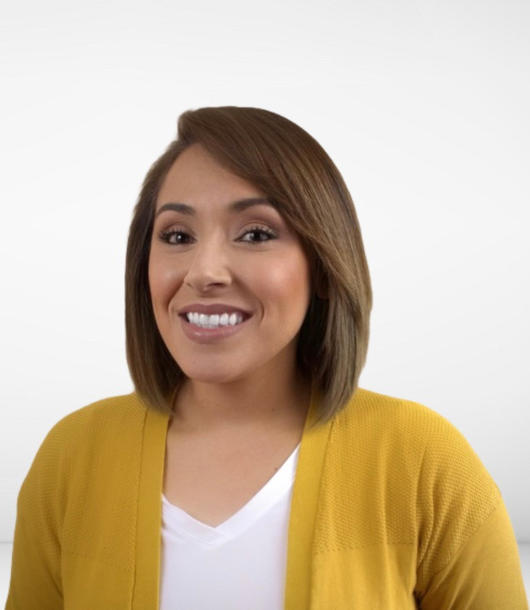
A hit-and-run accident is shocking and scary. You never expect another driver to collide with your vehicle and speed off without checking to see whether you’re okay. Since you don’t know who the driver is, proving they are at fault for the accident will be challenging. You also need substantial evidence to prove the accident caused your injury so you can establish liability and show the insurance company you should receive compensation. In the following post, we discuss what evidence can help you prove your hit-and-run case, and also how to go about getting it.
Evidence that Can Help Prove a Hit-and-Run Accident
The aftermath of any car crash is overwhelming. You might have injuries and require immediate medical care. Despite your pain, taking the necessary steps and gathering valuable evidence is critical while you’re at the accident scene.
Details to Identify the Driver
Descriptive information can help law enforcement identify the at-fault motorist and track them down. Call 911 and describe what you remember about the other driver and their vehicle, such as:
- Make, model, and color of the car
- Physical features of the driver that stand out, such as a long beard or tattoo
- The vehicle’s license plate number
- The direction the motorist fled after the collision
The information you provide can give the police what they need to find whoever caused your injuries. They might discuss what happened with innocent bystanders who saw the crash.
Witnesses are valuable after hit-and-runs. They might have seen something you didn’t that could help track down the negligent motorist. Sometimes, witnesses take pictures or videos and capture the vehicle as it travels away from the scene.
Video Footage
Cameras are everywhere. Traffic cameras are common at intersections and other areas along roadways. If there’s a nearby traffic camera, footage of the accident could get a clear view of the car and driver.
If security cameras are on surrounding buildings, the footage might also show something you missed after the crash. It could show which direction the driver went after the collision and any property damage the car received in the crash, making locating and identifying the vehicle easier.
Read more: How to Request Surveillance Footage of Your Accident
Eyewitness Statements
If your injury isn’t too severe and getting out of your car is safe, speak to witnesses you see near the scene. Ask them questions about what they saw and whether they can physically describe the driver. If they took pictures or videos, request that they share them with law enforcement to help with the investigation.
You should ask if the witnesses will wait for an officer to arrive and take their statements. Get their names and phone numbers so you can contact them later if necessary. You might need them to talk to the insurance company about the events leading up to the crash. They can support your claims about how your injuries occurred.
Read more: Questions to Ask Witnesses At the Scene of an Accident
Vehicle Damage
Take pictures of your c ar while it’s still at the scene. Your photos should capture every possible angle to demonstrate the extent of the damage.
ar while it’s still at the scene. Your photos should capture every possible angle to demonstrate the extent of the damage.
You should also take photos of nearby traffic signs and signals, road conditions, skid marks, and other relevant evidence. Debris, such as a broken taillight or side view mirror, might give law enforcement the break they need to identify the car and find the driver.
How Police Officers Investigate Hit-and-Run Accidents
The police might never find the negligent motorist who struck your car and sped off. That can complicate things, especially if you need compensation for medical care and other expenses. If you don’t know who’s at fault, you can’t sue them or file a claim with their auto insurance company.
Law enforcement often begins investigating by talking to the injured parties and eyewitnesses. They might walk the surrounding location and knock on doors to ask if the residents heard or saw anything. Someone could have gotten a good look at the driver or car. Sometimes, a witness knows the motorist.
You should tell the investigating officer everything you know about the accident. No detail is too small or irrelevant. The more information you provide, the greater your chance of catching the party who injured you, so you can hold them liable.
Read more:
- How Long After a Hit-and-Run Will Police Contact You
- How Your Legal Team Can Track Down a Hit-and-Run Driver
Let an Experienced Attorney Help You With Your Hit-and-Run Case
The best case scenario is that you or law enforcement identifies the fleeing driver so you can hold them financially responsible for your injury. However, other options for seeking compensation are available if you never find them.
The Houston hit-and-run accident attorneys from Gibson Hill Personal Injury will tirelessly work to gather evidence and build a case to prove your injury and accident-related expenses. We can also help you identify other avenues to get your medical expenses paid if the driver can’t be found. Call us at 713-659-4000 for a free consultation if you got hurt in a hit-and-run accident someone else caused.
Read more:




